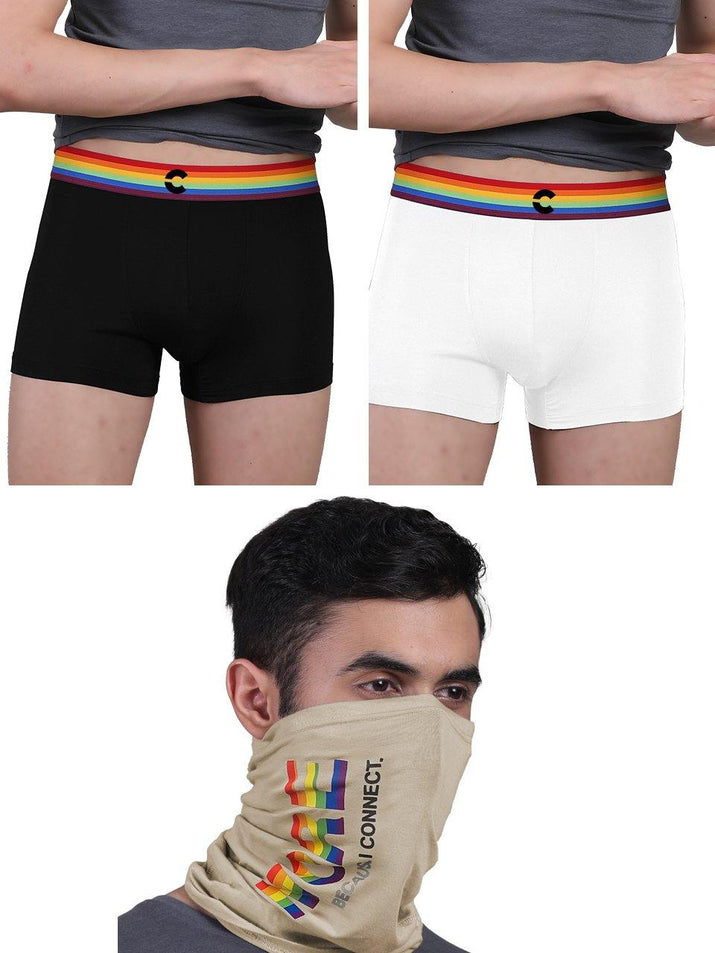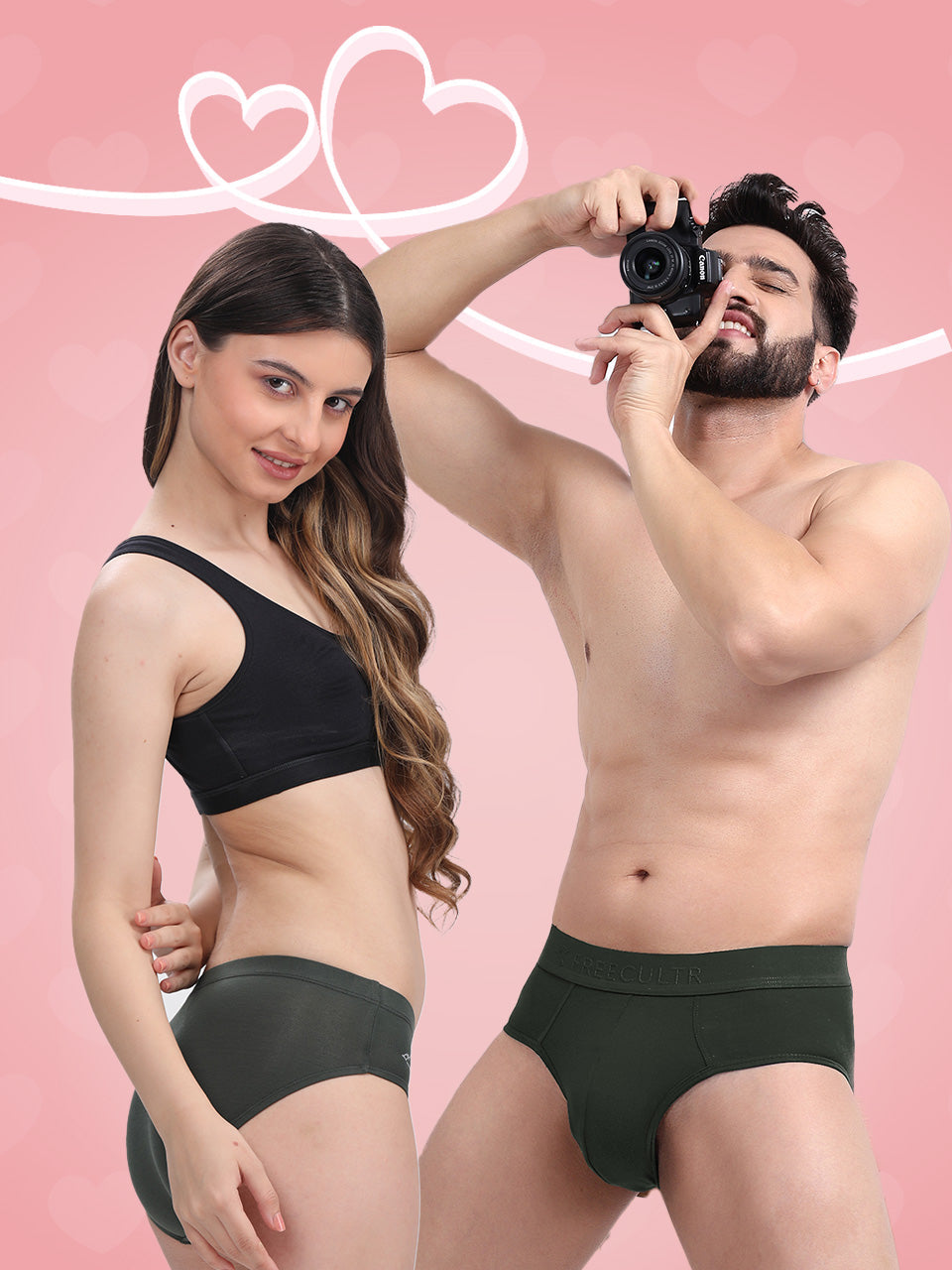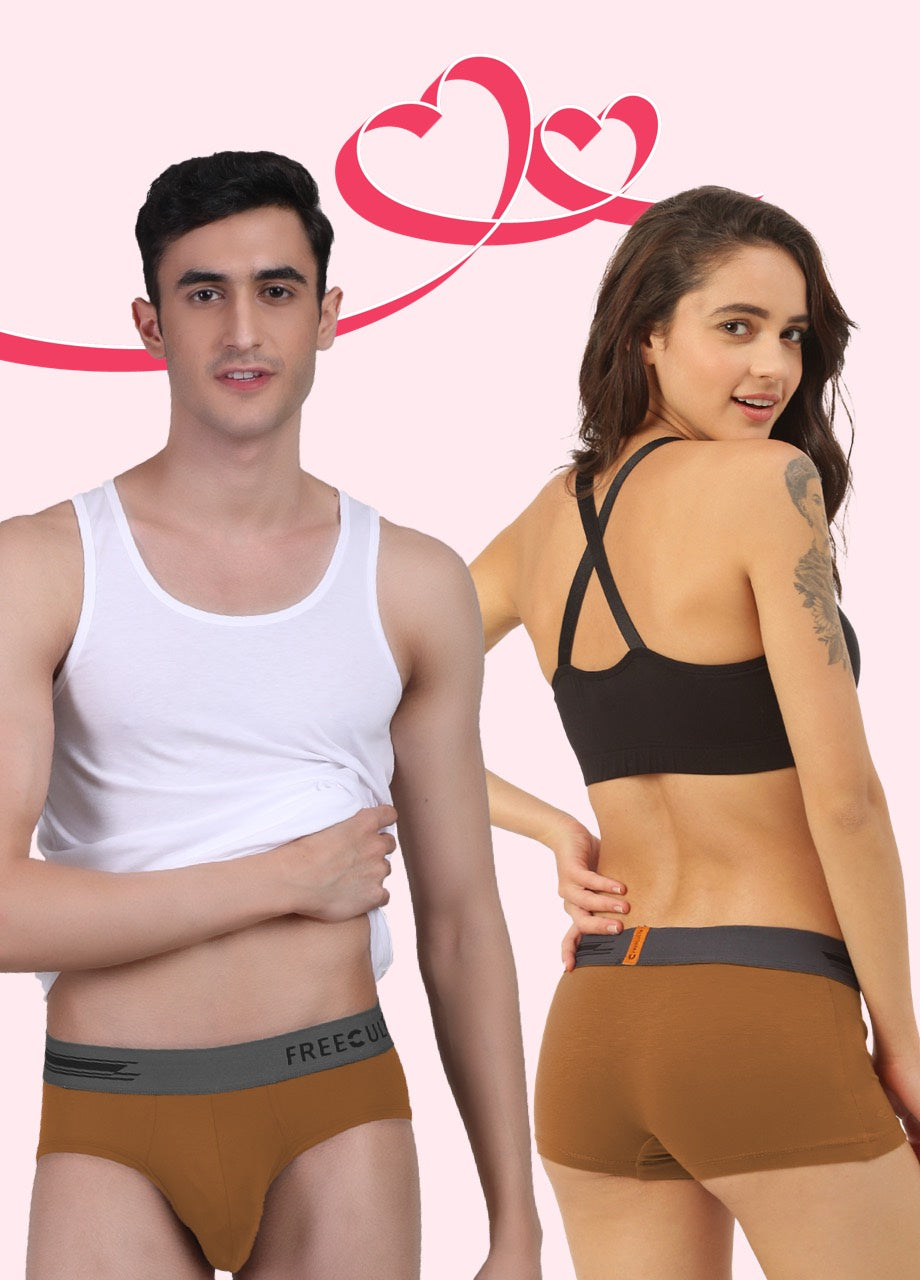Far beyond its traditional cowboy imagery, the bandana for men has been redefined as a cornerstone of rugged utility and essential outdoor gear. This unassuming square of fabric now offers critical performance attributes: dynamic moisture-wicking for trail runners, reliable UV protection for anglers exposed to intense sun. an effective dust barrier for off-road enthusiasts. Its modern resurgence is driven by a demand for adaptable, multi-functional accessories that support demanding activities, proving its indispensable value in today's active, adventure-driven lifestyles.

The Enduring Appeal of the Bandana for Men
The bandana, an unassuming square of fabric, possesses a timeless appeal that transcends mere fashion. For generations, this versatile accessory has been a staple in the wardrobes of men across various walks of life, from cowboys and railroad workers to rock stars and outdoor enthusiasts. Its enduring popularity lies in a unique blend of rugged aesthetics and profound utility. Originating from the Hindi word 'bandhnu,' referring to a tie-dyeing technique, bandanas initially served practical purposes, protecting workers from dust, sun. sweat. Over time, they evolved into powerful symbols – embodying rebellion, freedom. a no-nonsense approach to style. The classic paisley pattern, often associated with bandanas, has its roots in ancient Persian and Indian designs, further cementing the accessory's rich historical tapestry. Today, the bandana for men continues to represent an authentic, lived-in style, offering a subtle nod to heritage while remaining entirely relevant in contemporary fashion and outdoor pursuits.
Beyond Fashion: The Practical Utility of Bandanas in the Outdoors
While undoubtedly a style statement, the true genius of the bandana lies in its myriad practical applications, especially for the outdoorsman. This simple piece of cloth can be an invaluable tool in a variety of situations, offering protection, hygiene. even survival assistance. For anyone spending time in nature, whether hiking, camping, fishing, or working outdoors, a bandana for men is far more than an accessory; it's a multi-functional piece of gear.
- Sun Protection Worn over the head or neck, a bandana provides immediate relief from direct sunlight, preventing sunburn and heatstroke. It can shield the scalp, ears. neck, areas often exposed and vulnerable.
- Dust and Debris Filter In windy or dusty environments, a bandana can be pulled up over the nose and mouth, acting as a rudimentary filter against airborne particles. This is particularly useful on trails, construction sites, or during dry, windy conditions.
- Sweat Management Tying a bandana around the forehead or neck effectively absorbs sweat, keeping it out of your eyes and off your skin, enhancing comfort during strenuous activities.
- Makeshift First Aid In an emergency, a clean bandana can be utilized as a compression bandage for minor cuts, a sling for an injured arm, or a tourniquet (as a last resort). It can also be dampened to cool a feverish brow.
- Water Pre-filtration While not a purification method, a bandana can be used to pre-filter larger sediment from water sources before further purification (e. g. , with tablets or a filter pump). This helps prolong the life of your primary water filter.
- Pot Holder or Hot Pad When cooking over a campfire, a folded bandana can protect your hands from hot pots and pans.
- Gear Wipe or Cleaning Cloth From cleaning glasses to wiping down tools or drying dishes, a bandana serves as a handy, reusable cloth.
- Signaling Device A brightly colored bandana can be tied to a stick or waved to attract attention in an emergency.
- Cordage or Tie-Down While not as strong as rope, a bandana can be torn into strips and braided to create temporary cordage for securing light items or bundling sticks.
- Cooling Aid Soaking a bandana in cold water and tying it around your neck or head provides an instant cooling effect in hot weather. Many outdoor enthusiasts swear by this simple trick to regulate body temperature.
From personal experience, I've seen a simple bandana prevent a nasty sunburn during an unexpected long hike, serve as a makeshift eye mask for a quick nap in a brightly lit camp. even help tie down a tarp during an unforeseen rain shower. Its simplicity belies its incredible versatility, making it an essential item for any outdoor kit.
Choosing the Right Bandana for Your Needs
Selecting the ideal bandana for men involves considering several factors beyond just aesthetics. Material, size. even the pattern can impact its functionality and comfort. Understanding these nuances will help you pick a bandana that truly serves your purpose.
- Materials
- Cotton The most traditional and common choice. Cotton bandanas are soft, breathable, highly absorbent. comfortable against the skin. They are excellent for sweat management and general utility. They tend to soften with age and washing.
- Synthetic Blends (e. g. , Polyester, Microfiber) These offer quick-drying properties, excellent moisture-wicking capabilities. often provide better UV protection. They are lightweight and durable, making them ideal for high-intensity outdoor activities where sweat and quick drying are priorities.
- Silk While luxurious and very soft, silk bandanas are less common for rugged utility. They are highly breathable and comfortable but less absorbent and more delicate than cotton or synthetics, often chosen for more refined styling.
- Size and Shape
- Most bandanas are square, typically 22x22 inches (approximately 56x56 cm). This size offers the optimal balance between versatility (allowing for various folding and tying methods) and portability.
- Larger sizes (e. g. , 27x27 inches or "elephant bandanas") offer more coverage and can be useful for specific applications like full head wraps or larger improvised slings.
- Smaller sizes may be better suited for wrist wraps or pocket squares.
- Patterns and Colors
- Classic paisley is iconic. solid colors, checks, or even custom prints are available. For outdoor utility, brighter colors can increase visibility for signaling. Darker colors might absorb more heat.
- The pattern itself doesn't affect utility. a visually appealing pattern can enhance the styling aspect when a bandana for men is worn as a fashion accessory.
- Quality Indicators
- Look for bandanas with well-sewn, hemmed edges. This prevents fraying and ensures longevity.
- Dye fastness is vital, especially for colored bandanas, to prevent bleeding onto clothing or skin, particularly when wet with sweat or water. High-quality dyes will retain their vibrancy over time.
A high-quality, 100% cotton bandana is often the best all-around choice for its balance of comfort, absorbency. durability for general outdoor and everyday use. For specific performance needs, synthetic options might be superior.
Styling the Bandana for Men: From Classic to Contemporary
Beyond its unparalleled utility, the bandana for men is a potent style statement, capable of transforming an ordinary outfit into something with character and edge. Its versatility in how it can be worn allows for adaptation to various personal styles and occasions, from the overtly rugged to subtly sophisticated.
- Classic Neck Scarf One of the most iconic ways to wear a bandana. Fold it diagonally into a triangle, then roll or fold the long edge until it's a thin strip. Tie it around your neck with the knot at the front, side, or back. This offers protection from sun and wind while adding a timeless, adventurous flair. Think old-school cowboys or rebellious bikers.
- Headband/Head Wrap
- Forehead Wrap Folded into a strip and tied around the forehead, this keeps hair out of the face and absorbs sweat. Ideal for workouts, hikes, or simply channeling a relaxed, casual vibe.
- Full Head Cover For maximum sun protection or to manage longer hair, spread the bandana open, place the center on top of your head. tie the ends securely at the back or front. This offers a rugged, utilitarian look often seen in workwear.
- Wrist Wrap A simple way to add a pop of color or pattern, or to keep a bandana handy for quick access. Fold it into a thin strip and tie it around your wrist. It's also a convenient sweat-wiper.
- Pocket Square A more refined application. Fold a patterned bandana and tuck it into the breast pocket of a blazer or jacket. This adds a touch of casual elegance and personality, subverting the traditional pocket square with a rugged twist.
- Bag Accessory Tie a bandana to the handle of a backpack, duffel bag, or even a briefcase. It's a subtle way to personalize your gear and always have a utility item within reach.
- Belt Loop Tie Secure a bandana to a belt loop on your jeans or work pants. This is a classic workwear or casual look, keeping the bandana readily accessible.
Integrating a bandana into your wardrobe can elevate simple outfits. For a workwear aesthetic, pair a dark-colored or classic paisley bandana with denim, boots. a sturdy shirt. For a more casual, everyday look, a vibrant bandana around the neck or wrist can break up a monochromatic outfit. The key is to experiment with different folds, knots. placements to find what best complements your personal style and the demands of your day.
Care and Maintenance of Your Bandana
Proper care ensures your bandana remains a reliable companion, whether for rugged utility or stylish expression. While bandanas are generally low-maintenance, a little attention to detail can significantly extend their lifespan and maintain their appearance.
- Washing Instructions
- Cotton Bandanas Most cotton bandanas can be machine washed in cold or warm water with similar colors. Avoid harsh detergents or bleach, which can fade colors or weaken fabric fibers. Tumble dry on low heat or air dry to prevent shrinking and maintain softness. For initial washes, especially with new, dark-colored bandanas, washing separately can prevent dye transfer.
- Synthetic Blends These often benefit from cold water washing to preserve their technical properties and prevent damage to synthetic fibers. Air drying is usually preferred as high heat can degrade performance fabrics.
- Silk Bandanas Silk requires delicate care. Hand washing in cold water with a mild, pH-neutral soap is recommended. Do not wring or twist. Lay flat to dry away from direct sunlight.
- Breaking In a New Bandana New cotton bandanas can sometimes feel stiff. Repeated washing and use will soften the fabric, making it more pliable and comfortable. Some people even prefer to wash a new bandana multiple times before its first use to achieve that desired worn-in feel.
- Storage Store your bandanas folded neatly to prevent excessive wrinkling. Keep them in a dry place to avoid mildew.
- Longevity Tips Rotate your bandanas if you have several, to distribute wear. Address stains promptly to prevent them from setting. Over time, a well-loved bandana will develop a unique patina, adding to its character and rugged appeal.
By following these simple care guidelines, your bandana for men will remain a durable, versatile. stylish accessory for years to come, ready for whatever adventure or style statement you throw its way.
Conclusion
The bandana, far from being just a simple square of fabric, emerges as an indispensable accessory for the modern man embracing both rugged style and practical utility. From my own experience on dusty trail runs, it's a game-changer for sweat management, complementing performance apparel like our moisture-wicking tees. This humble item seamlessly aligns with current trends, fitting perfectly into the "gorpcore" aesthetic where functionality meets fashion. My personal tip? Always keep one folded in your back pocket or attached to your pack; you'll be surprised how often its practical value shines, whether as an emergency face covering, a makeshift bandage, or simply to add a touch of effortless cool. Don't just own a bandana; integrate it. Let it be the silent, versatile partner that amplifies your readiness and elevates your everyday rugged appeal.More Articles
Tees – Casual Versatility & Moisture-Wicking PerformanceMen's T-Shirt – Premium Softness & Lasting Durability
Bandana – Outdoor Protection & Expressive Style
Micro Modal Underwear – Unmatched Softness & Supreme Breathability
FAQs
How can a guy rock a bandana without looking like a pirate?
It's all about how you wear it and what you pair it with. For a rugged look, try folding it into a headband to keep hair/sweat off your face, or tie it loosely around your neck like a classic cowboy. Pair it with denim, flannel, work boots, or outdoor gear rather than fancy clothes. Stick to earthy tones or classic patterns like paisley for a more understated, tough vibe.
What are some practical uses for a bandana when I'm out hiking or camping?
Oh, it's incredibly versatile! You can use it as a sweatband, sun protection for your neck or head, a makeshift dust mask, a simple filter for debris in water (not for purification though!) , a hot pad for cooking, an emergency bandage or sling, or even to wipe down gear. It’s a minimalist's multi-tool.
What kind of material is best for a durable, long-lasting bandana?
For true ruggedness and utility, 100% cotton is king. It's breathable, highly absorbent. gets softer with every wash while remaining incredibly durable. It can stand up to a lot of abuse from outdoor activities and still look good.
Are bandanas one-size-fits-all, or do I need to worry about sizing?
Generally, yes, bandanas are pretty much one-size-fits-all. Most standard bandanas are around 22x22 inches, which provides enough material for various folding and tying styles to suit most head sizes and uses.
How do I keep my bandana clean, especially after a dusty trail day?
They're super easy to clean. Just toss it in the washing machine with your regular laundry. Cotton bandanas are very forgiving. For really stubborn dirt or grime, a pre-soak can help. Air drying or tumble drying on low will keep it in good shape for years of adventure.
Can a bandana be used for anything other than just wrapping around my head or neck?
Absolutely! It's a true utility item. You can tie it to your backpack for a touch of personal style, use it to carry small foraging finds, as a makeshift pot holder, or even as a signal flag in an emergency. Its uses are limited only by your imagination.
What patterns or colors are best if I want that tough, outdoor-ready look?
To nail that rugged, outdoor style, lean towards classic patterns like traditional paisley, simple geometric designs, or solid colors. Earth tones such as olive green, various shades of brown, navy blue. charcoal gray are always a safe bet as they blend well with natural environments and classic workwear.






